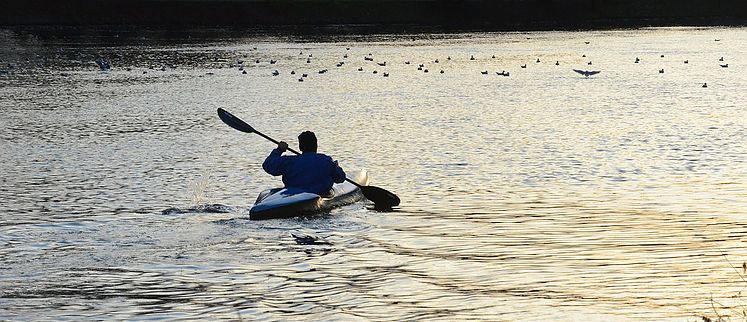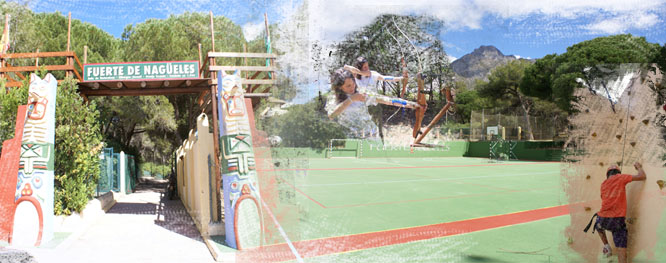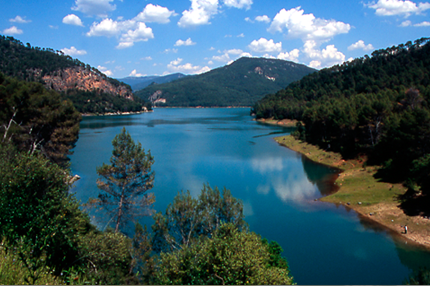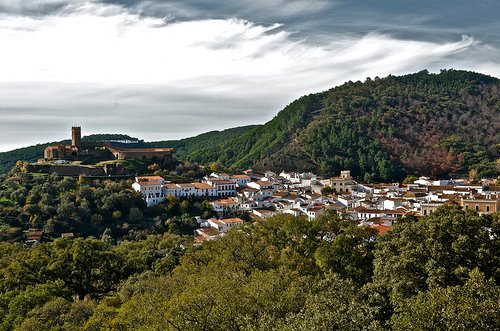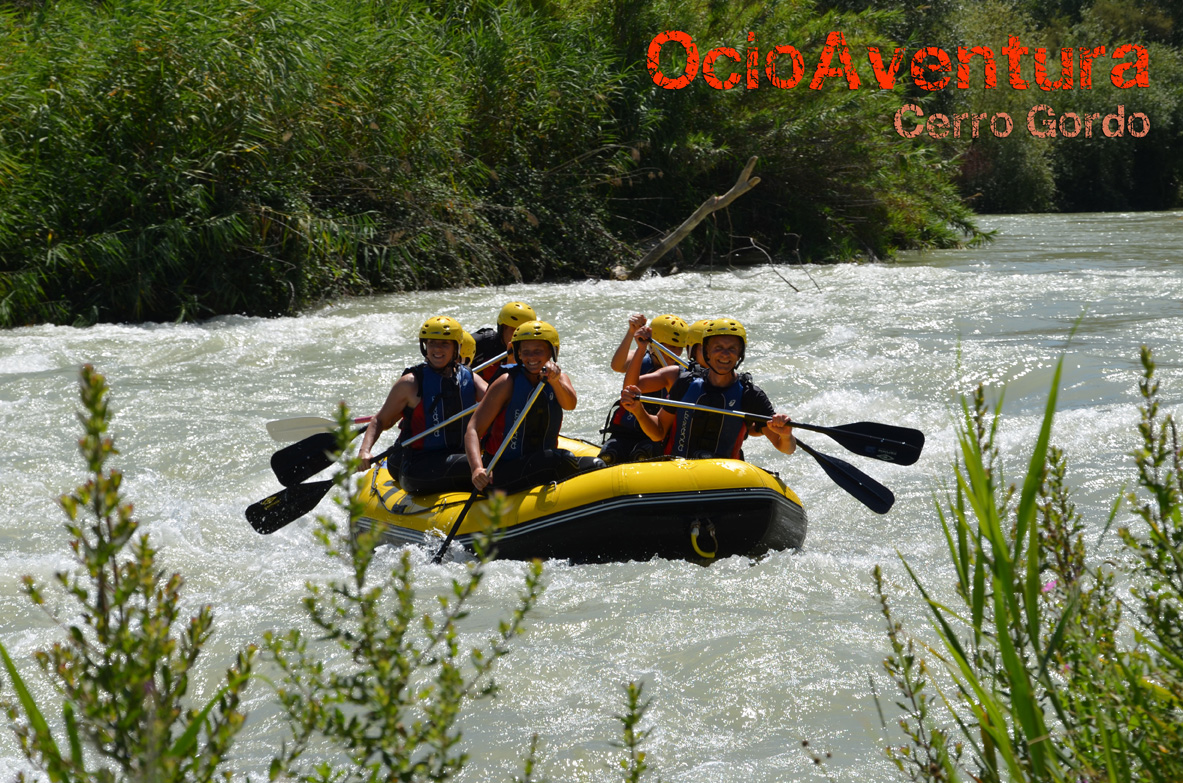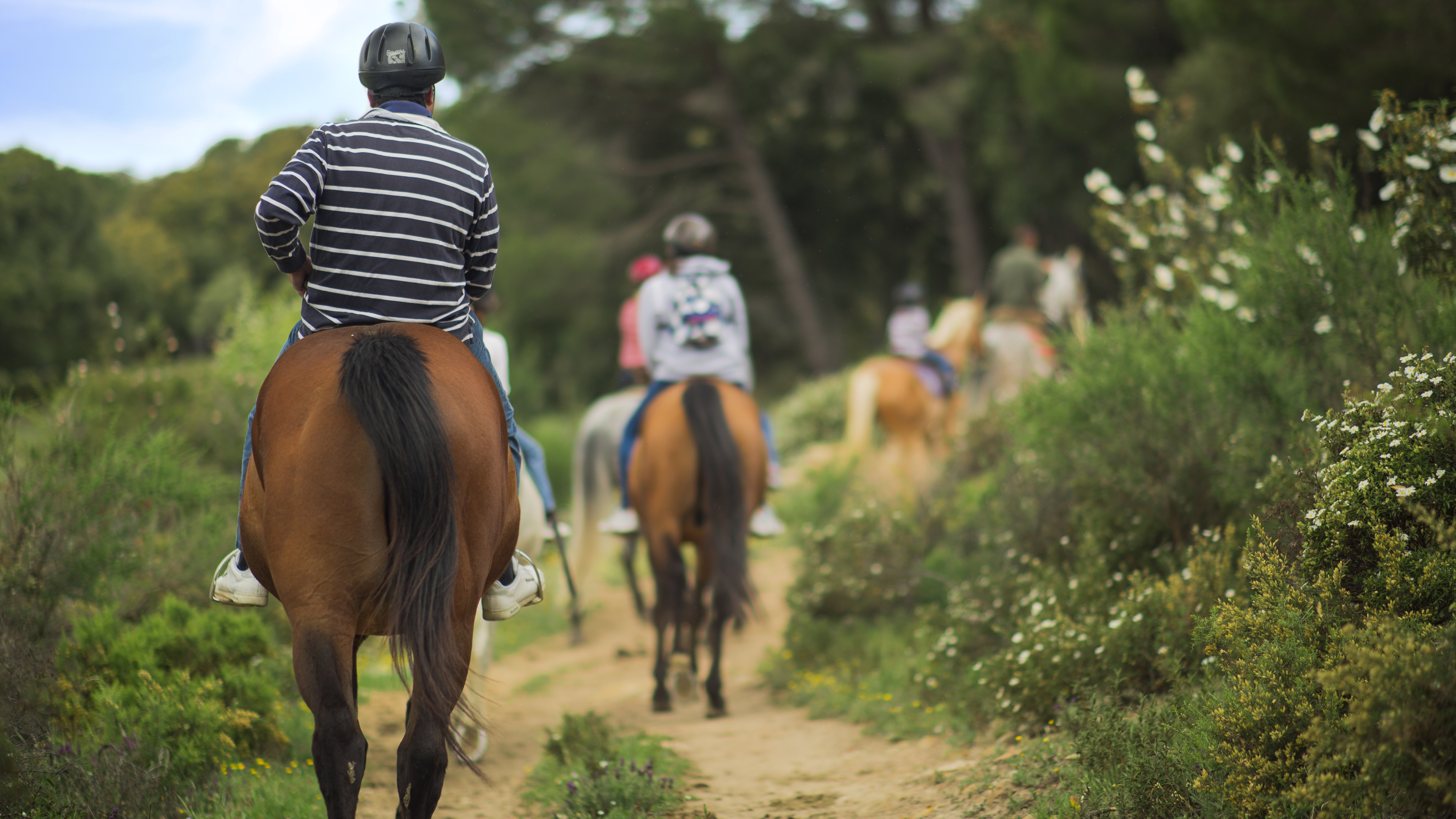Caving
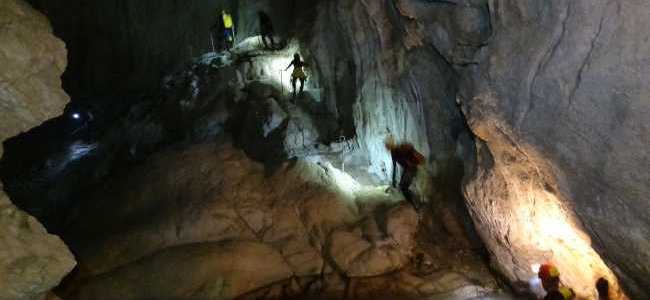
One of the most exciting ways to experience nature is caving. This sport consists of the exploration and study of caverns.
Deep marine caves, hidden caverns, dark labyrinths, narrow fissures... an underground world, home to all kinds of caves where you can explore and discover secrets of the past.
Caving is an activity carried out as a group, with a spirit of adventure and investigation. To practise the sport in safety, it requires some level of physical and mental training.
There are different branches of caving, depending on the cavern to be entered. One of these is limestone caving, that takes place in caves carved out by water or ice flow. If the caving takes place mainly underwater, then this is known as cave diving, while volcanic caving takes place in caverns formed by lava flows.
The underground world can be home to weird and wonderful places, which also tell us a great deal about the origins of our life and world. Places that hide secrets of the past, which can sometimes help us to understand the present. However, beneath our feet there is also darkness and silence that can be disconcerting, frightening, and even dangerous without the proper preparation.
Hidden underground caves have been a shelter for other civilisations and cultures, as well as a source of different materials, remains and species. This makes caving an interesting activity for geologists, archaeologists, anthropologists and other scientists - the underground world becomes a kind of laboratory.
Where to go caving
There are many areas where you can go caving across the varied landscapes of Andalusia.
Some of the most popular sites in the province of Malaga, for example, are the Hundidero-Gato Crossing, an old subterranean river course, Gaduares, El Republicano Cave and El Agua Cave.
Another top destination for cavers is Cacao Cave, with a total depth of 80 metres. It opens out onto a descending gallery and another shaft that leads to the GIEX hall. It is the longest vertical cave in the province of Cadiz.
In Granada province, meanwhile, there are places to discover and investigate such as the caves at Ventanas de Piñar, which is one of the most popular.
Igualeja, Ronda, Castril, Quesada, Sorbas and Nerja are some of the towns and villages with caving sites nearby.
There are various schools and associations that organise courses and excursions to visit these sites, always with the support of professionals with full hydro-geological knowledge of the area.
Precautions and recommendations
As with any adventure sport, you should have certain knowledge and technique.
Before setting out to new sites, you should of course get to know the area, topography, hydrography and climate to avoid risks and carry out the activity with a certain degree of safety.
Besides climbing and abseiling techniques, you should also practise teamwork with the other cavers to help one another and make cave exploration easier and safer.
You should get complete equipment for the activity, and check that each element is in good condition, meeting the official safety requirements. If material is used frequently for caving, it may become worn and cease to work effectively.
Experts also recommend that caving be done without rushing, not only to increase safety, but also to be able to enjoy this amazing, exciting experience to the full.
Necessary equipment
Caving requires a series of elements that make up the specific equipment.
The basic elements required to get started in this sport are: helmet with necessary illumination, SRT harness (different to climbing harness, with lower anchorage point), maillons, recommended for use with SRT rope, minimum 9mm diameter, as well as ascending and descending devices such as jammers, crolls, shunts, footloops and cows' tails.
Clothing is complemented by interior and exterior caving suits to protect against damp and cold, Wellington boots and rubber gloves, which should be strong and waterproof.
The quality and design of all elements depend on the tastes and needs of each caver. For added security we would also recommend you take spare equipment where possible.
General information
Active tourism company
